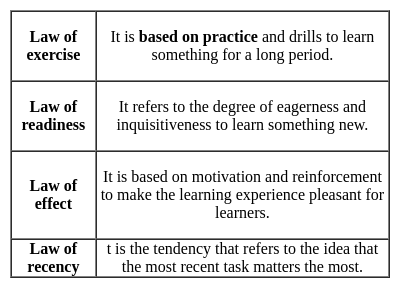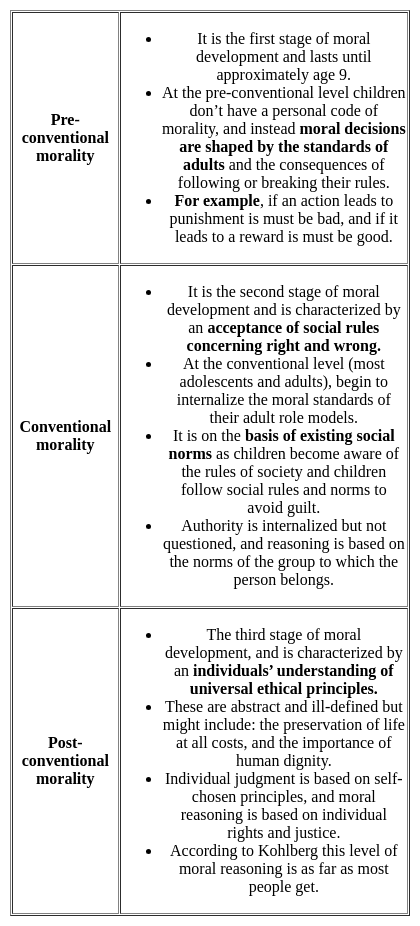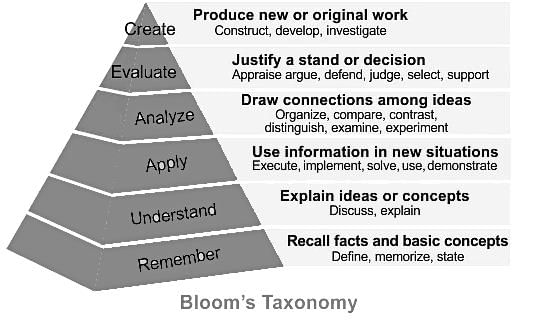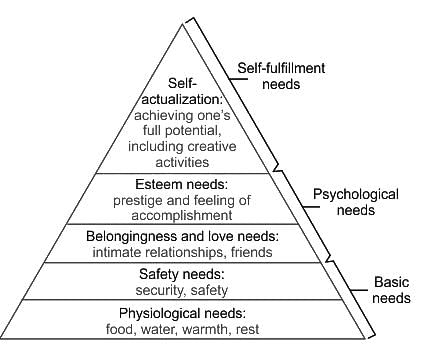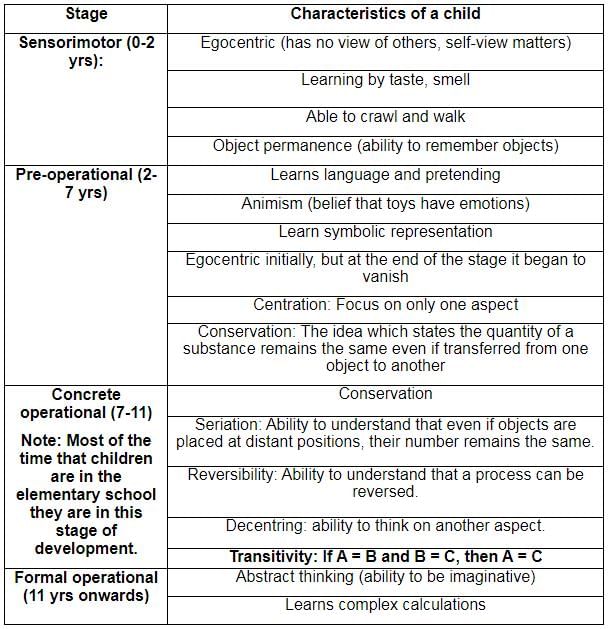Software Development Exam > Software Development Tests > Test: Teaching Practices (Theories of Learning) - Software Development MCQ
Test: Teaching Practices (Theories of Learning) - Software Development MCQ
Test Description
10 Questions MCQ Test - Test: Teaching Practices (Theories of Learning)
Test: Teaching Practices (Theories of Learning) for Software Development 2025 is part of Software Development preparation. The Test: Teaching Practices (Theories of Learning) questions and answers have been prepared
according to the Software Development exam syllabus.The Test: Teaching Practices (Theories of Learning) MCQs are made for Software Development 2025 Exam.
Find important definitions, questions, notes, meanings, examples, exercises, MCQs and online tests for Test: Teaching Practices (Theories of Learning) below.
Solutions of Test: Teaching Practices (Theories of Learning) questions in English are available as part of our course for Software Development & Test: Teaching Practices (Theories of Learning) solutions in
Hindi for Software Development course.
Download more important topics, notes, lectures and mock test series for Software Development Exam by signing up for free. Attempt Test: Teaching Practices (Theories of Learning) | 10 questions in 12 minutes | Mock test for Software Development preparation | Free important questions MCQ to study for Software Development Exam | Download free PDF with solutions
Test: Teaching Practices (Theories of Learning) - Question 1
‘Nothing succeeds like success’, this statement is based on which law of learning as propounded by Thorndike?
Detailed Solution for Test: Teaching Practices (Theories of Learning) - Question 1
Test: Teaching Practices (Theories of Learning) - Question 2
Morality on the basis of existing social norms is during ________ level of moral development.
Detailed Solution for Test: Teaching Practices (Theories of Learning) - Question 2
Test: Teaching Practices (Theories of Learning) - Question 3
Which of the following scenarios depicts "applying" from the cognitive domain of Bloom's revised taxonomy?
Detailed Solution for Test: Teaching Practices (Theories of Learning) - Question 3
Test: Teaching Practices (Theories of Learning) - Question 4
If a person strongly feels that he has to achieve maximum by utilizing his potentials to the maximum extent, then according to Maslow, it is
Detailed Solution for Test: Teaching Practices (Theories of Learning) - Question 4
Test: Teaching Practices (Theories of Learning) - Question 5
Which of the following is not a physiological motive ?
Detailed Solution for Test: Teaching Practices (Theories of Learning) - Question 5
Test: Teaching Practices (Theories of Learning) - Question 6
Which of the following is not a function of motivation in the field of learning?
Detailed Solution for Test: Teaching Practices (Theories of Learning) - Question 6
Test: Teaching Practices (Theories of Learning) - Question 7
Mukesh obeys his parents unquestionably because he wants to avoid punishment. As per Piaget, which stage of moral development does he fit in?
Detailed Solution for Test: Teaching Practices (Theories of Learning) - Question 7
Test: Teaching Practices (Theories of Learning) - Question 8
Which of the following points differentiates Skinner from other S-R theorists?
Detailed Solution for Test: Teaching Practices (Theories of Learning) - Question 8
Test: Teaching Practices (Theories of Learning) - Question 9
Children who are in the elementary school are in which state of development?
Detailed Solution for Test: Teaching Practices (Theories of Learning) - Question 9
Test: Teaching Practices (Theories of Learning) - Question 10
Which of the following learning strategies are not developed by B.S. Bloom ?
Detailed Solution for Test: Teaching Practices (Theories of Learning) - Question 10
Information about Test: Teaching Practices (Theories of Learning) Page
In this test you can find the Exam questions for Test: Teaching Practices (Theories of Learning) solved & explained in the simplest way possible.
Besides giving Questions and answers for Test: Teaching Practices (Theories of Learning), EduRev gives you an ample number of Online tests for practice
Download as PDF


